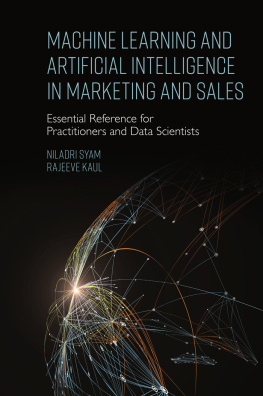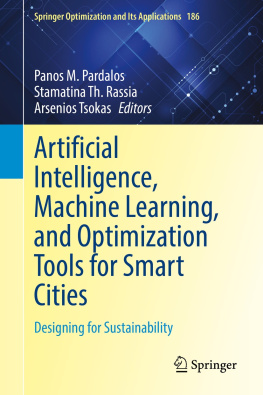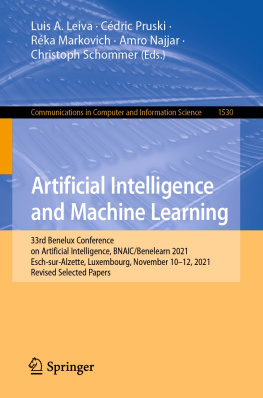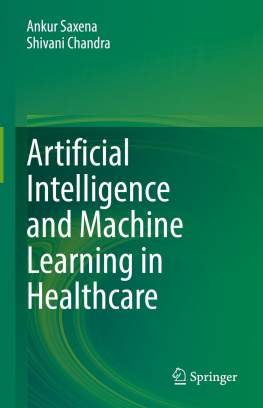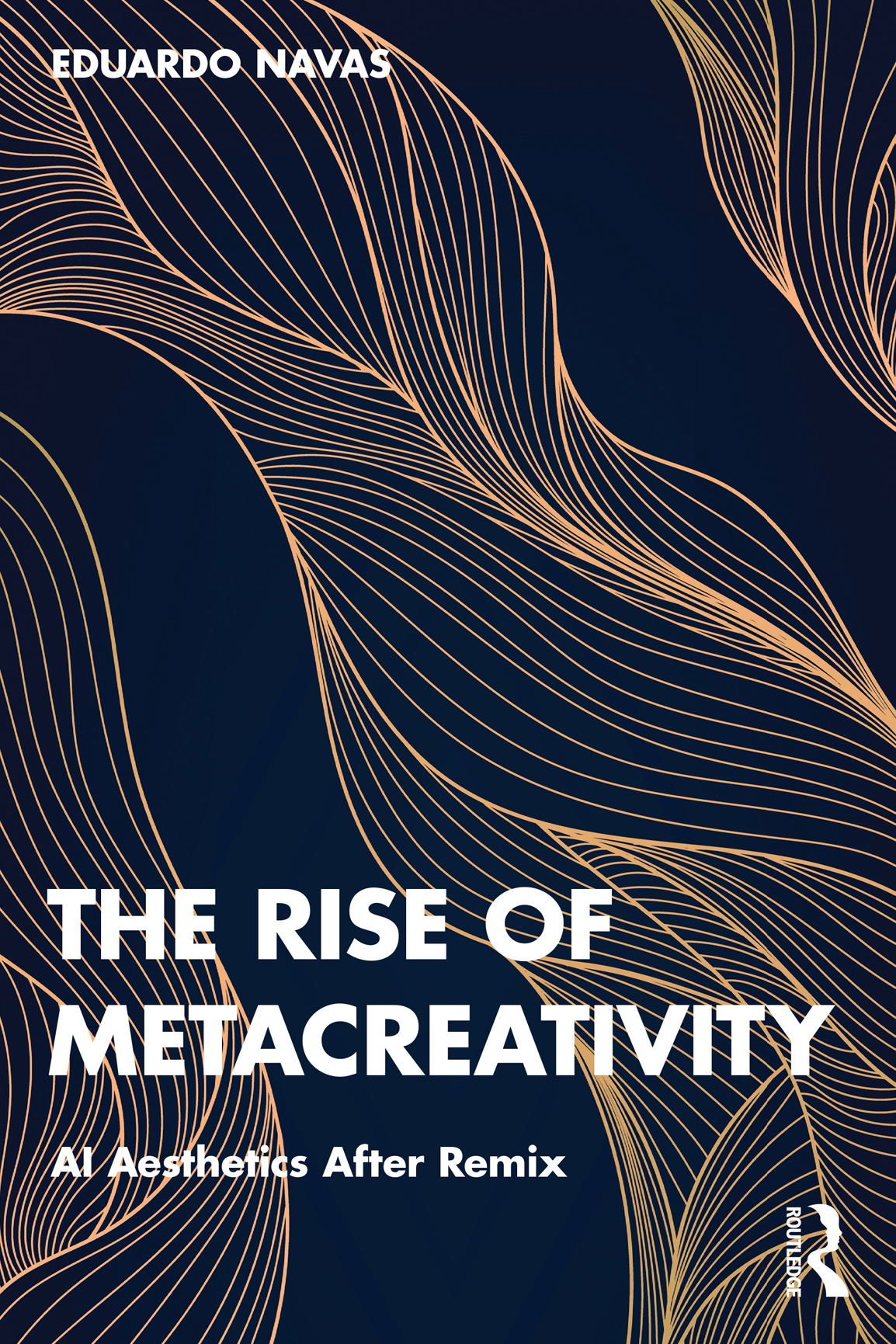
THE RISE OF METACREATIVITY
This book brings together history and theory in art and media to examine the effects of artificial intelligence and machine learning in culture, and reflects on the implications of delegating parts of the creative process to AI.
In order to understand the complexity of authorship and originality in relation to creativity in contemporary times, Navas combines historical and theoretical premises from different areas of research in the arts, humanities, and social sciences to provide a rich historical and theoretical context that critically reflects on and questions the implications of artificial intelligence and machine learning as an integral part of creative production. As part of this, the book considers how much of postproduction and remix aesthetics in art and media preceded the current rise of metacreativity in relation to artificial intelligence and machine learning, and explores contemporary questions on aesthetics. The book also provides a thorough evaluation of the creative application of systematic approaches to art and media production, and how this in effect percolates across disciplines including art, design, communication, as well as other fields in the humanities and social sciences.
An essential read for students and scholars interested in understanding the increasing role of AI and machine learning in contemporary art and media, and their wider role in creative production across culture and society.
Eduardo Navas is Associate Research Professor of Art and Digital Arts & Media Design in the School of Visual Arts, and Research Faculty in the College of Arts and Architectures Arts & Design Research Incubator (ADRI) at Pennsylvania State University, where he researches and teaches principles of cultural analytics and digital humanities. Navas is the author of Remix Theory: The Aesthetics of Sampling (2012), Art, Media Design, and Postproduction: Open Guidelines on Appropriation and Remix (2018), and Spate: A Navigational Theory of Networks (2016). He is co-editor of The Routledge Companion to Remix Studies (2014), Keywords in Remix Studies (2017), and The Routledge Handbook of Remix Studies and Digital Humanities (2021).
Designed cover image: Getty Images
First published 2023
by Routledge
4 Park Square, Milton Park, Abingdon, Oxon OX14 4RN
and by Routledge
605 Third Avenue, New York, NY 10158
Routledge is an imprint of the Taylor & Francis Group, an informa business
2023 Eduardo Navas
The right of Eduardo Navas to be identified as author of this work has been asserted in accordance with sections 77 and 78 of the Copyright, Designs and Patents Act 1988.
All rights reserved. No part of this book may be reprinted or reproduced or utilised in any form or by any electronic, mechanical, or other means, now known or hereafter invented, including photocopying and recording, or in any information storage or retrieval system, without permission in writing from the publishers.
Trademark notice: Product or corporate names may be trademarks or registered trademarks, and are used only for identification and explanation without intent to infringe.
ISBN: 978-0-367-75882-0 (hbk)
ISBN: 978-0-367-75304-7 (pbk)
ISBN: 978-1-003-16440-1 (ebk)
DOI: 10.4324/9781003164401
Typeset in Bembo
by codeMantra
FIGURES
ACKNOWLEDGMENTS
When I began doing research for this book, I could not imagine that part of the writing process would include living through the COVID-19 Pandemic, which remains prevalent. I could not imagine experiencing political instability in the United States, where I live; and by far, I could have never imagined witnessing an unjustified war on Ukraine by Russia, which is likely to continue for much longer than initially expected by experts. All of this while we continue to experience a climate crisis that will only get worse. For these reasons, I wrote this book with bigger questions about life in mind. And I hope that people will reflect on the research and theories I present as starting points to move forward together to build a strong and stable global society.
This book brings together research that, in a way, I began over twenty years ago. It builds on ideas I published in previous books and articles. It is also shaped by long-term intellectual exchanges with colleagues, collaborators, and friends. In what follows I thank many people. I certainly am not able to include everyone who is part of my support system, which is why I try to highlight groups of individuals who helped me in one way or another.
I thank the faculty in The School of Visual Arts (SoVA) at The Pennsylvania State University, who during the Pandemic came together to support everyone in our community. My research is directly connected to my teaching, and I thank Carlos Rosas and Andrew Hieronymi who oversee the Digital Arts and Media Design Program, and Karen Keifer-Boyd who oversees the Art Education Program at SoVA for supporting the incorporation of emerging research into our curriculum. I thank Director Vagner Mendona-Whitehead and the entire office staff at SoVA who make it possible for faculty to teach and do research. A special thanks to Folayemi Wilson, Associate Dean for Access and Equity and Professor of Art who served as SoVA Interim Director for part of the year 2022. I thank B Stephen Carpenter II, Dean of The College of Arts and Architecture at The Pennsylvania State University, for his ongoing support in all aspects of my teaching and research. I thank William Doan, Director of the Arts & Design Research Incubator (ADRI) for supporting my ongoing research and practice activities, and for creating a strong interdisciplinary community that brings together the arts, humanities, and sciences. I also thank Mallika Bose, Associate Dean for Research and her assistants Barbara Cutler and Tracie Mehalick for their continuing support. I thank Tara Caimi who made possible five panel discussions on Remix Studies at ADRI throughout 2021 and 2022. The discussions that took place during the panels helped me reflect on some ideas that are now part of this book.
I thank Robert Fraleigh, Kory Blose, Alexander Korte, Luke Meeken, and Stephen Fast for our ongoing collaboration on data analytics and visualization. Our many discussions and analyses about remix patterns in music and media, while not part of this publication, helped me grasp the complexity of the increasing role automation plays across culture at large.
I thank xtine burrough and Owen Gallagher for being amazing friends, colleagues, and collaborators. Our ongoing discussions on all things remix are vital to my long-term interest in understanding creativity. I thank colleagues who are part of my online community with whom I am fortunate to talk to from time to time. If there is a silver lining to the Pandemic it is that online video conversations became more common.
I thank all my undergraduate and graduate students who over the years took my classes and produced studio projects and critical writing in response to my lectures. Some of the ideas I shared with them are now part of this book. Many thanks to many conference organizers who provided a space for me to test initial ideas that eventually became essays and articles. I also thank editors at various academic journals where I published initial ideas, which at the time were closer to theoretical fragments that are fully developed throughout this book. Those chapters stand on their own. I provide proper citations throughout this book whenever I reference related publications, or conference presentations.
Next page



